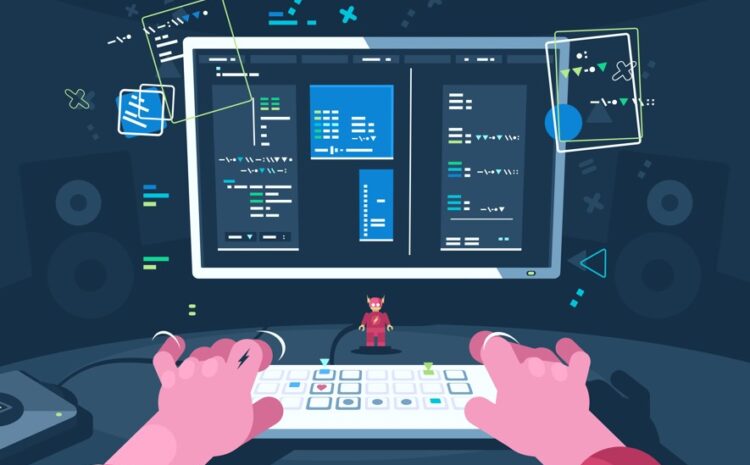Difference between software and program
Difference between software and program
“Difference between software and program” In the ever-evolving digital domain, “software” and “programs” stand as the pillars of innovation, driving the functionality of our electronic devices. While they might be used interchangeably, they possess distinct attributes that set them apart.
This essay delves into the depths of their dissimilarities, unraveling the essence that separates software from programs. By gaining a comprehensive understanding of these nuances, we can appreciate the intricate web of technology that surrounds us, enabling us to make informed choices in the ever-expanding world of computing. Join us on this enlightening journey of discovery as we navigate the contrasting paths of software and programs.
The Advantages of Software and Program
Advantages of Software
Software offers a wide range of functionalities, from simple tasks to complex operations, catering to diverse user needs and requirements.
Software can be scaled up or down to accommodate varying workloads and user demands, making it adaptable for individual users or large enterprises.
Software can be updated and upgraded easily, allowing developers to address bugs, security vulnerabilities, and introduce new features to enhance performance.
Software can be integrated with other applications and systems, facilitating seamless data exchange and streamlining workflows.
Many software applications provide intuitive user interfaces, enabling even non-technical users to interact and utilize their features efficiently.
Cloud-based software allows users to access their applications and data from anywhere with an internet connection, promoting remote work and collaboration.
Once developed, software can be distributed to a large number of users at a relatively low cost per user, making it a cost-effective solution for mass deployment.
Software continually evolves to incorporate cutting-edge technologies and industry trends, ensuring users stay at the forefront of innovation.
Advantages of Program
Programs are designed with precise functionalities, ensuring they perform dedicated tasks with optimal efficiency and accuracy.
Since programs are tailored for specific operations, they utilize minimal system resources, optimizing performance and reducing resource consumption.
Developers can customize program code to meet unique requirements, allowing for tailored solutions that precisely fit niche industries or specialized tasks.
Some programs can function independently without internet connectivity, making them reliable in remote or limited network environments.
Programs can be developed as modular components, enabling developers to reuse and combine them in various ways, promoting code reusability and maintainability.
As standalone entities, programs may have fewer dependencies and attack surfaces, potentially enhancing security compared to complex software suites.
Programs can be compiled into machine code, leading to faster execution times and immediate responsiveness to user commands.
Programs, being focused on specific tasks, have lower overhead and do not carry additional functionalities that might not be required, contributing to streamlined operations.
Essential Differences between Software and Program:
Definition
Scope
Completeness
Interactivity
Abstraction Level
Distribution
Examples
Read more about Top programming languages 2023.
In summary, the difference between software and program lies in their scope and functionality. Software represents a comprehensive entity comprising multiple programs and resources, offering versatility and scalability to cater to various tasks and user needs. On the other hand, programs are individual instructions designed to perform specific tasks with precision and efficiency.
In this journey of unraveling the difference between software and programs, we have discovered the key distinctions that define their roles in the digital realm. The adaptability and comprehensiveness of software complement the specificity and efficiency of programs, offering a harmonious synergy that drives technological progress.
As we navigate the ever-evolving landscape of technology, understanding the advantages of software and programs empowers us to make informed decisions, shaping a dynamic digital future. Embracing their unique potentials, we embark on a path of innovation, leveraging their strengths to create a seamless and enriching digital experience for generations to come.


